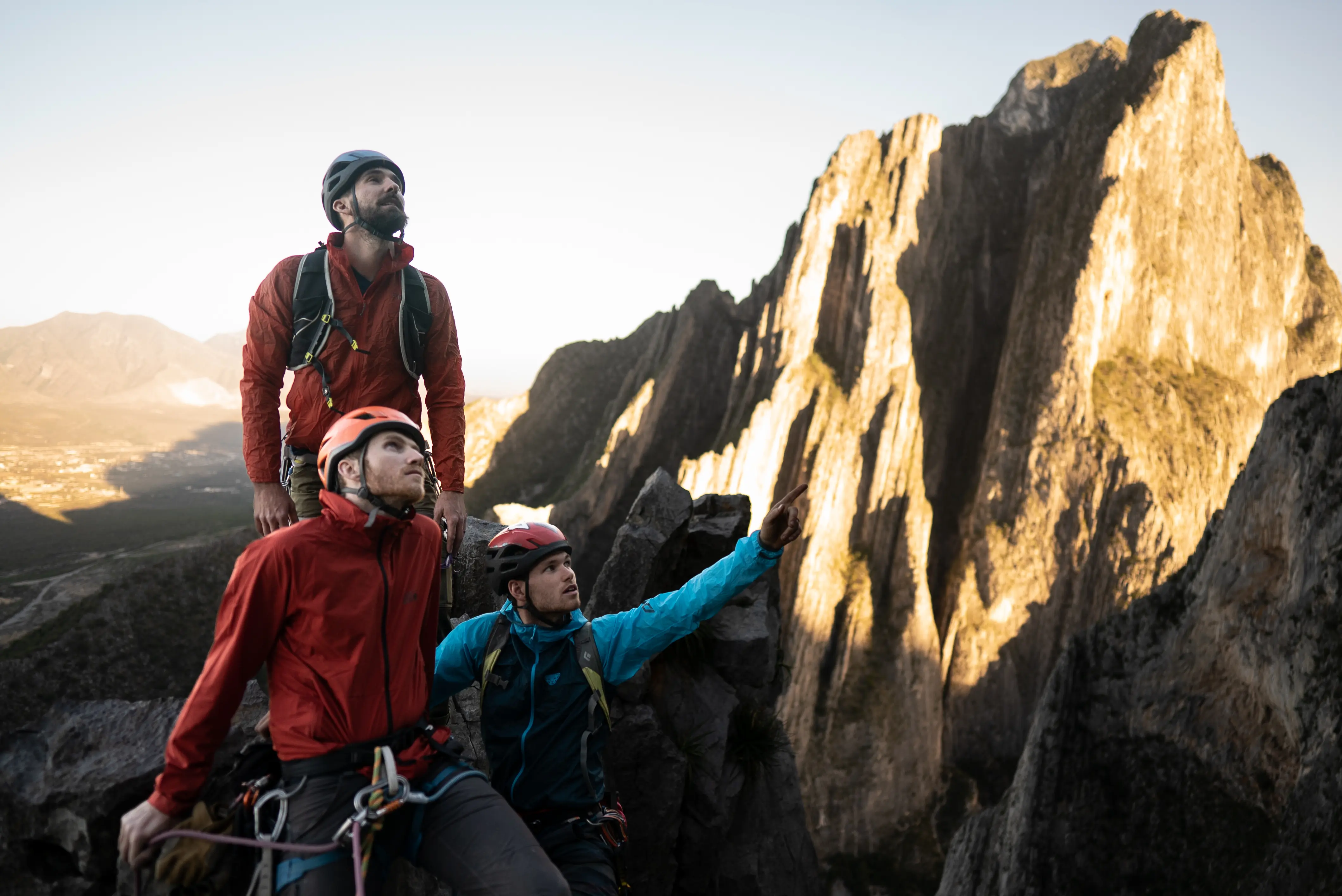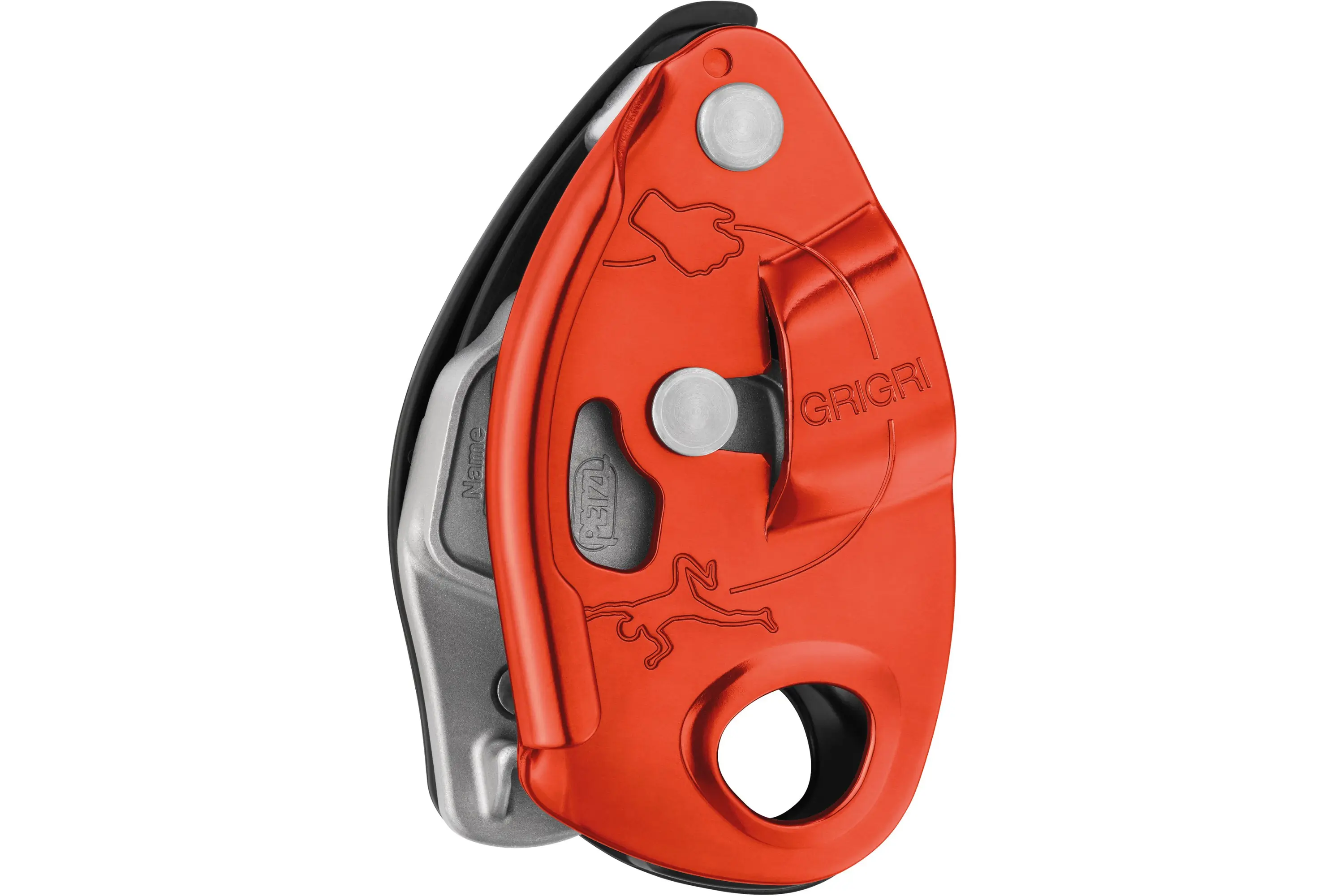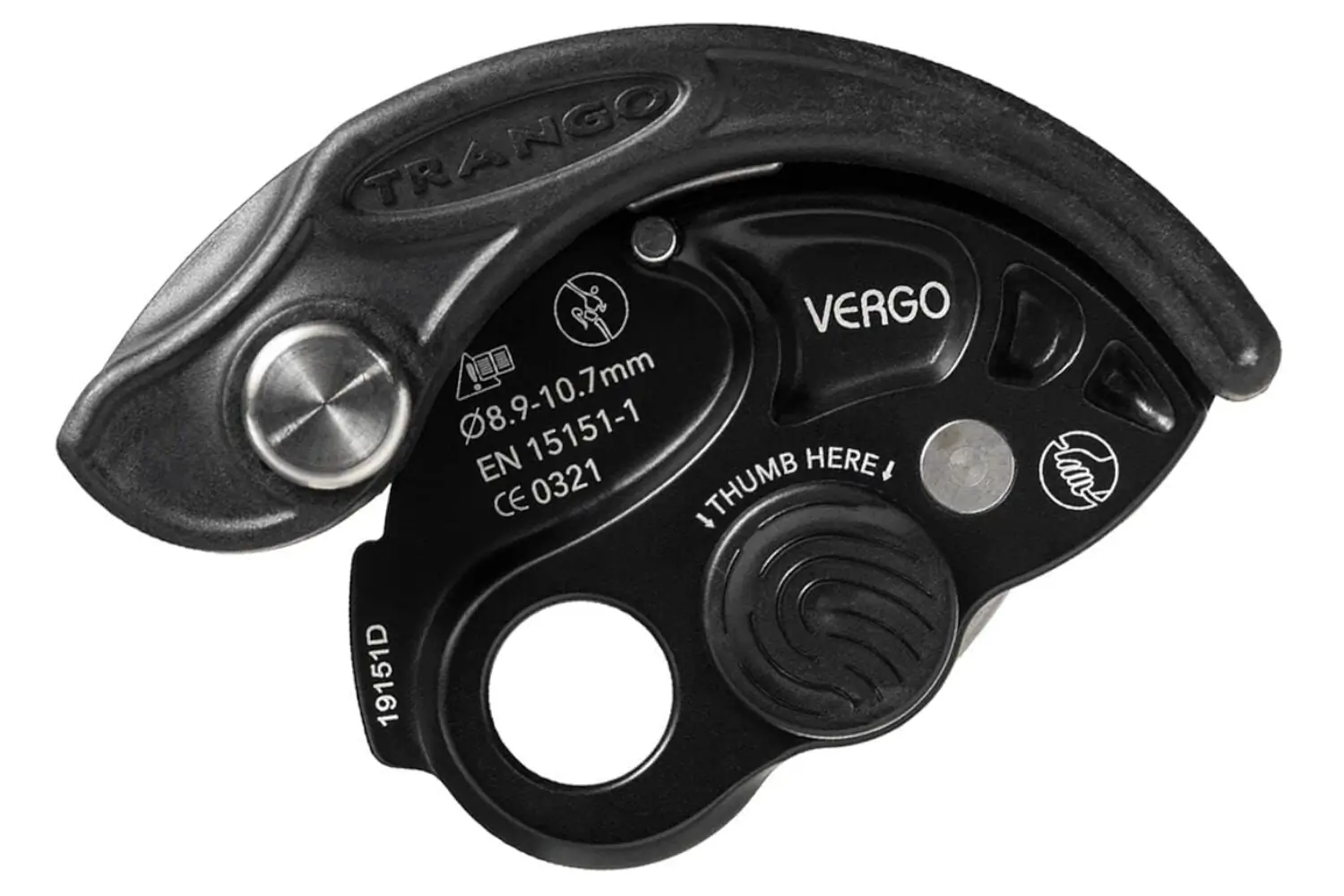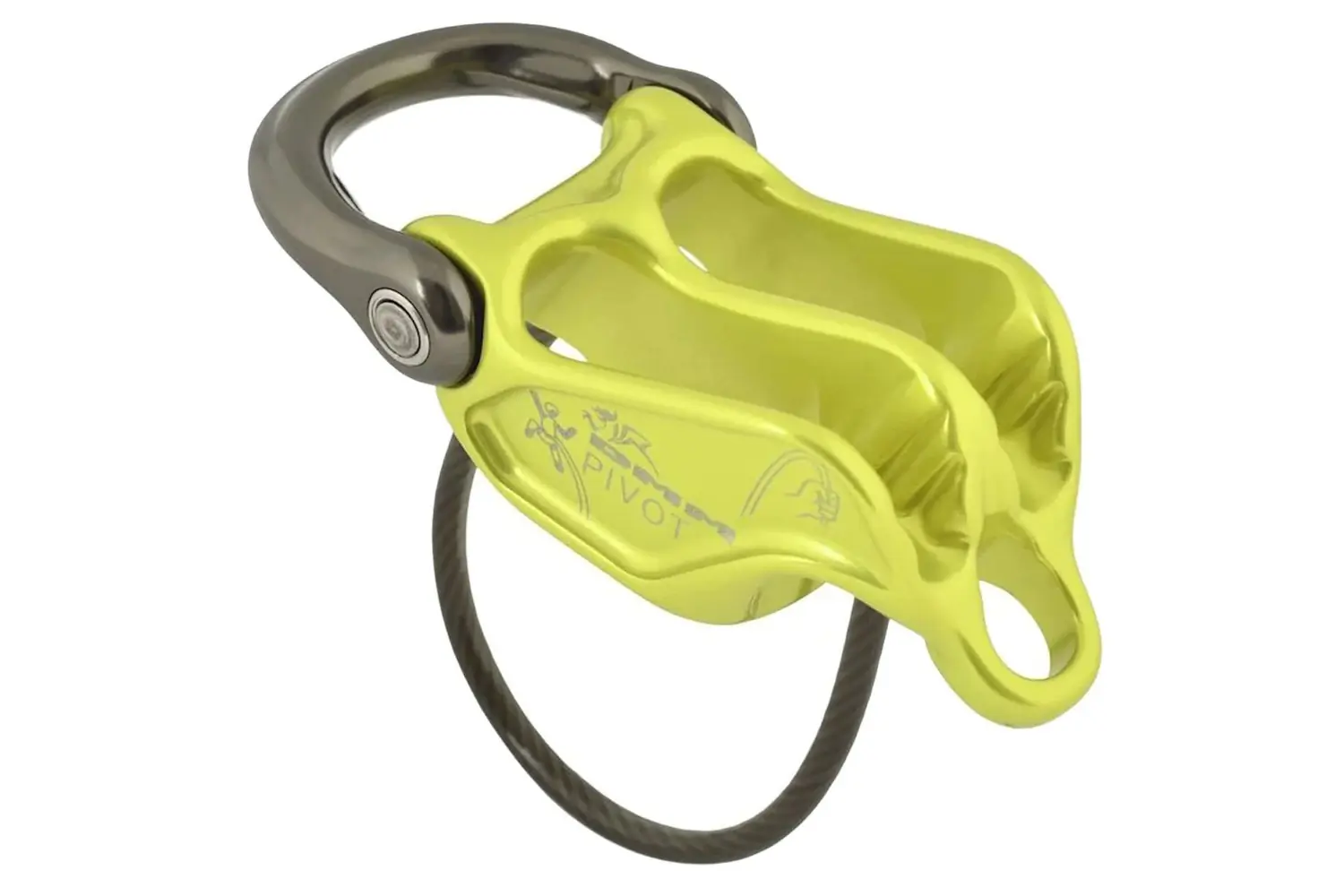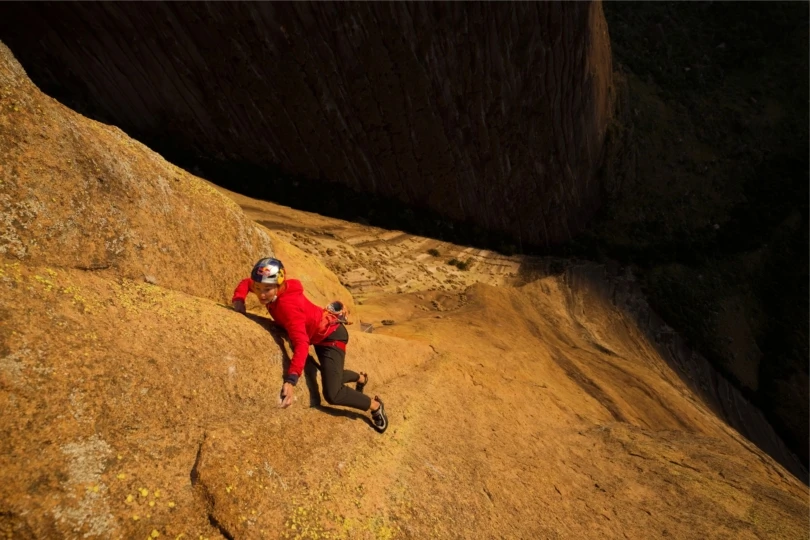Climbers use belay devices to manage slack in the rope, catch their partner in case of a fall, and lower them safely to the ground. When entering the sport, a belay device is one of the first pieces of gear that new climbers should purchase.
There are lots of great options on the market, and deciding which one to buy can be confusing. On this list, we have compiled our recommendations for the best belay devices of 2023.
We’ve sorted our recommendations into specific categories to make it easy for you to identify the belay device that best meets your needs.
At the end of this list, we have included a comprehensive belay device buyers guide where you will find all of the information required to make an informed purchase. In this guide, we describe various common styles of belay devices and also explain how they’re best used.
Scroll through to see all of our recommended buys and be sure to check out our handy comparison chart, buyer’s guide, and FAQ sections.
Editor’s Note: We updated this Buyer’s Guide on September 20, 2023. As a result of recent testing, we added one new product to our recommendations.
The Best Climbing Belay Devices of 2024
Petzl GriGri
- Weight: 6.1 oz.
- Style: Active assisted braking
- Best for: All around use
Pros
- Great for single-pitch projecting
- Effective for top-managed belaying
- Highly durable
- Smooth lowering
- Handles a wide range of rope diameters
Cons
- More expensive than other options
- Not compatible with double-rope rappels
Trango Vergo
- Weight: 9 oz.
- Style: Passive assisted braking
- Best for: Single pitch climbing at the gym and the crag
Pros
- Good value
- Compact
- Intuitive to use
Cons
- Compatible with a limited range of rope diameters
- Lots of friction while top rope belaying
Black Diamond ATC-XP
- Weight: 2.3 oz.
- Style: Tube
- Best for: Single-pitch climbing
Pros
- Affordable
- Good friction control thanks to built-in teeth
- Easy to learn how to use
Cons
- No assisted-braking feature
- Some climbing gyms do not allow the ATC-XP
- Uncomfortable to use during long belays when the climber is weighting the rope
DMM Pivot
- Weight: 2.5 oz.
- Style: Auto-block tube
- Best for: Multipitch climbing, double rope ascents, rappelling
Pros
- Innovative design provides meaningful benefit
- Easy to use
- Feeds rope smoothly
Cons
- More expensive than similar devices
- Lacks assisted-braking mode for optimal lead belaying
Edelrid Giga Jul
- Weight: 4.3 oz.
- Style: Passive assisted braking
- Best for: Rapelling, multipitch climbing, this belay device does it all!
Pros
- Versatile
- Abrasion-resistant and durable thanks to steel inserts
- Affordable relative to other assisted-braking devices
- Handles a wide range of ropes from 7.8-10 mm
Cons
- Slider system requires a learning curve
- Slightly heavier than similar devices
Belay Devices Comparison Chart
| Belay Device | Price | Weight | Style | Best for |
|---|---|---|---|---|
| Petzl GriGri | $110 | 6.1 oz. | Active assisted braking | Cragging, all around use |
| Trango Vergo | $100 | 9 oz. | Passive assisted braking | Single pitch climbing at the gym and the crag |
| Black Diamond ATC-XP | $25 | 2.3 oz. | Tube | Single pitch cragging |
| DMM Pivot | $37 | 2.5 oz. | Auto-block tube | Multipitch climbing, double rope ascents, rappelling |
| Edelrid Giga Jul | $60 | 4.3 oz. | Passive assisted braking | Rapelling, multipitch climbing, this belay device does it all! |
How We Tested Belay Devices
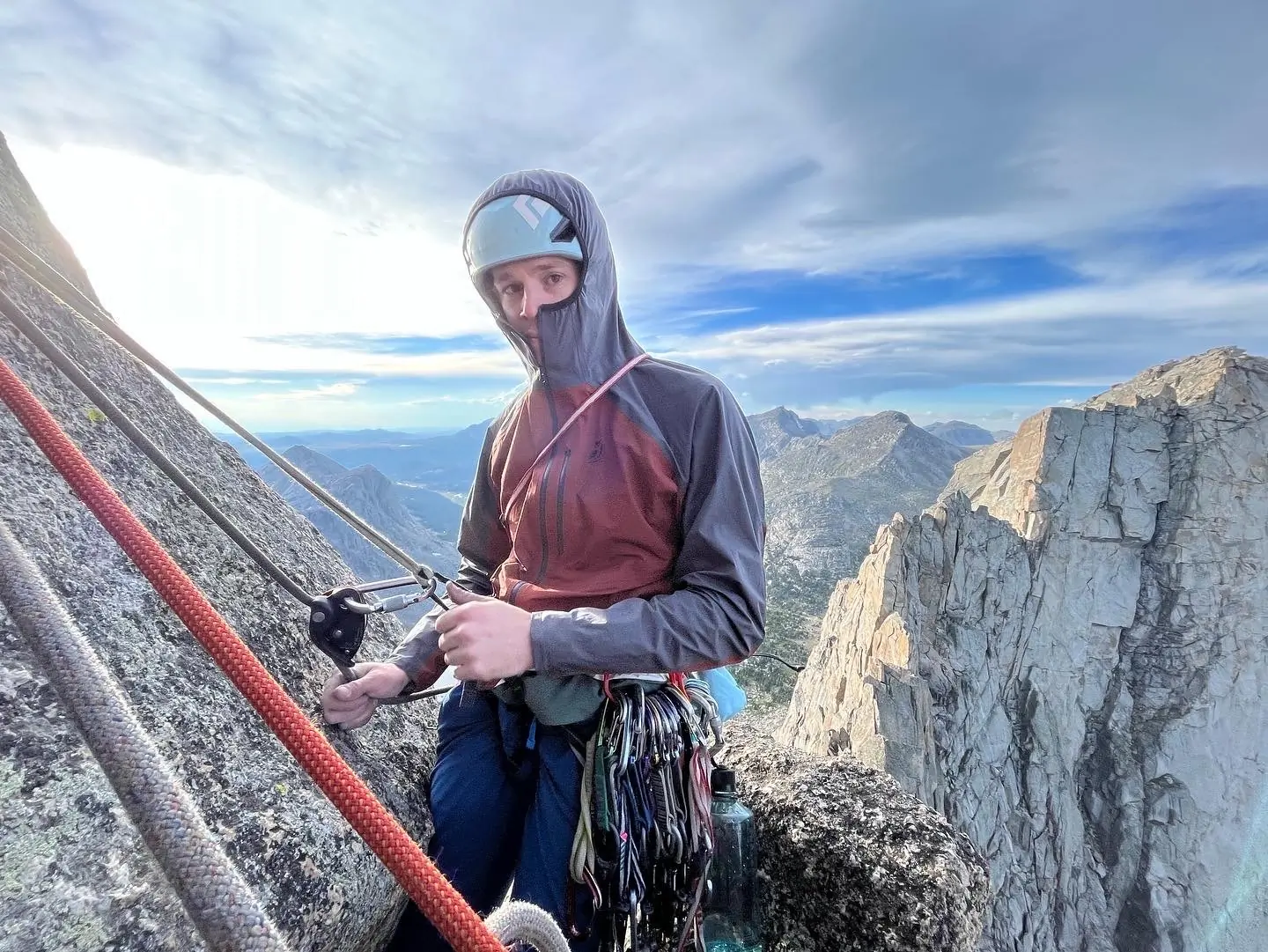
After ten years in the sport, lead climbing gear tester Austin Beck-Doss is a solid 5.14 belayer. He’s belayed all over the world, from the scenic belay ledges of Spain to the wind-blown three-bolt anchors of El Cap.
The belay device market is slow to change. Every once in a while, a fresh device shows up to make a name for itself, but generally, newcomers are rare. The GriGri and its various iterations have dominated the belay device market for thirty years, while tube-style options like the ATC Guide and DMM Pivot continue to hold strong.
Though there aren’t a ton of different options out there, we made sure to test them all. While testing, we considered ease of use, versatility, safety, durability, and overall value.
These days, more and more gyms are requiring belayers to use Assisted Braking Devices (ABDs) — a certain category of belay device that includes GriGris and Edelrid’s Jul series. Trends are turning in favor of ABDS, so that’s where we kept our focus during testing. With that said, tube-style devices can still get the job done — like the Black Diamond ATC that we’ve included as the best budget option.
Austin is one of many experienced climbers on the GearJunkie team. This list of recommendations is the result of multiple perspectives and long debates. As new devices hit the market, we’ll be sure to consider them for this list.
Buyers Guide: How to Choose a Belay Device
There are all kinds of belay devices on the market, and it isn’t easy to figure out which one to buy. On this list, we have compiled our favorite devices available in 2024. Our selections represent many hours spent handling all kinds of belay devices and using them in a wide range of climbing scenarios.
Although there are at least 25 different belay devices manufactured today, climbers should be aware of three major categories: active assisted braking, passive assisted braking, and manual tube-style braking.
Types of Belay Devices


Active Assisted Braking
Active assisted braking belay devices contain moving parts that engage under load to arrest a fall. These devices tend to be the heaviest and most expensive type of belay devices, but they also have many benefits and are highly popular.
For single-pitch belaying (especially during long projecting sessions), active assisted belay devices are great because they require very little effort from the belayer while the climber is hanging on the rope.
Although these devices assist you in holding and catching a climber, you must always maintain control of the braking strand of the rope, just like with any other belay device. On this list, the GriGri is an example of an active assisted braking belay device.
Passive Assisted Braking


Passive assisted braking devices utilize specific geometry in their design to help catch a climber in case of a fall. These devices generally have minimal moving parts, but they can be equally effective for maximizing belayer comfort during long projecting sessions.
Due to their simple designs, they tend to be lighter and cheaper than active assisted braking devices. On this list, the Edelrid Giga Jul is an example of a passive assisted braking device.
Manual Tube Style


Manual tube-style belay devices have been around longer than assisted-braking devices. These devices create a double bend in the rope, which generates enough friction for a belayer to easily catch a climber by holding the braking strand of the rope in the brake position.
Like assisted-braking devices, a belayer using a manual tube must always maintain a grip on the braking strand. In fact, this all-important rule is even more crucial with manual tube-style devices.
For many decades, manual tube-style devices were the most popular type of belay device. Now, more climbers are transitioning to assisted-braking devices.
Some climbing gyms no longer allow belayers to use manual tube-style devices. Still, this style of belay device tends to be the cheapest and lightest option, so beginner climbers may want to consider starting with one. On this list, the Black Diamond ATC-XP and the DMM Pivot are manual tube-style devices.
2 Strands of Rope vs. 1


Some belay devices are compatible with two strands of rope, while others can only accommodate one at a time. Devices that can accommodate two strands at the same time can be used for double-rope rappels.
For multipitch climbing, you’ll often need a device that can manage double-rope rappels to return to the ground safely.
Devices that can handle two strands can also belay climbers using double or twin ropes — a common system for various forms of traditional and ice climbing. Also, an auto-blocking device that accommodates two strands of rope can be used to belay two followers at the same time in a multipitch setting.
Many assisted braking devices are not compatible with two strands of rope. However, the Edelrid Giga Jul is a highly versatile option that offers both assisted braking and dual-strand capabilities. This device can rappel, belay a leader with ease, and do pretty much everything you need it to in a multipitch setting.
Rope Diameter
Climbing ropes vary in diameter. Most standard ropes fall into the single rope category. A single rope is strong enough to catch a falling climber without the need for a second rope.
Single ropes can be as thin as 8.5 mm and as thick as 11 mm. Before purchasing a belay device, make sure it is compatible with any ropes that you currently own or plan to buy.
Double ropes and twin ropes are often thinner in diameter than single ropes, and they’re meant to be used in a two-rope system. Not all belay devices are compatible with thin double and twin ropes. If you plan to ruse a two-rope system, look for a tube-style device like the Edelrid Giga Jul.
Again, it is wise to check the diameter range of a belay device before purchasing. Using a rope with a diameter beyond the suggested range can be extremely dangerous.


Belaying From Above
Many belay devices have the ability to clip directly to an anchor and belay the following climber from above. Some assisted-braking devices such as the GriGri can be used to belay from above.
Manual tube-style belay devices in guide mode are considered “auto-blocking” because they will automatically pinch the climbing rope in case the follower falls. Still, the belayer must always maintain contact with the brake strand.
On this list, the DMM Pivot is a manual tube-style device that also has a built-in guide hole and can be used to belay from above. Belay devices are used in guide mode when they are clipped directly to an anchor and are used to belay from above.
Value
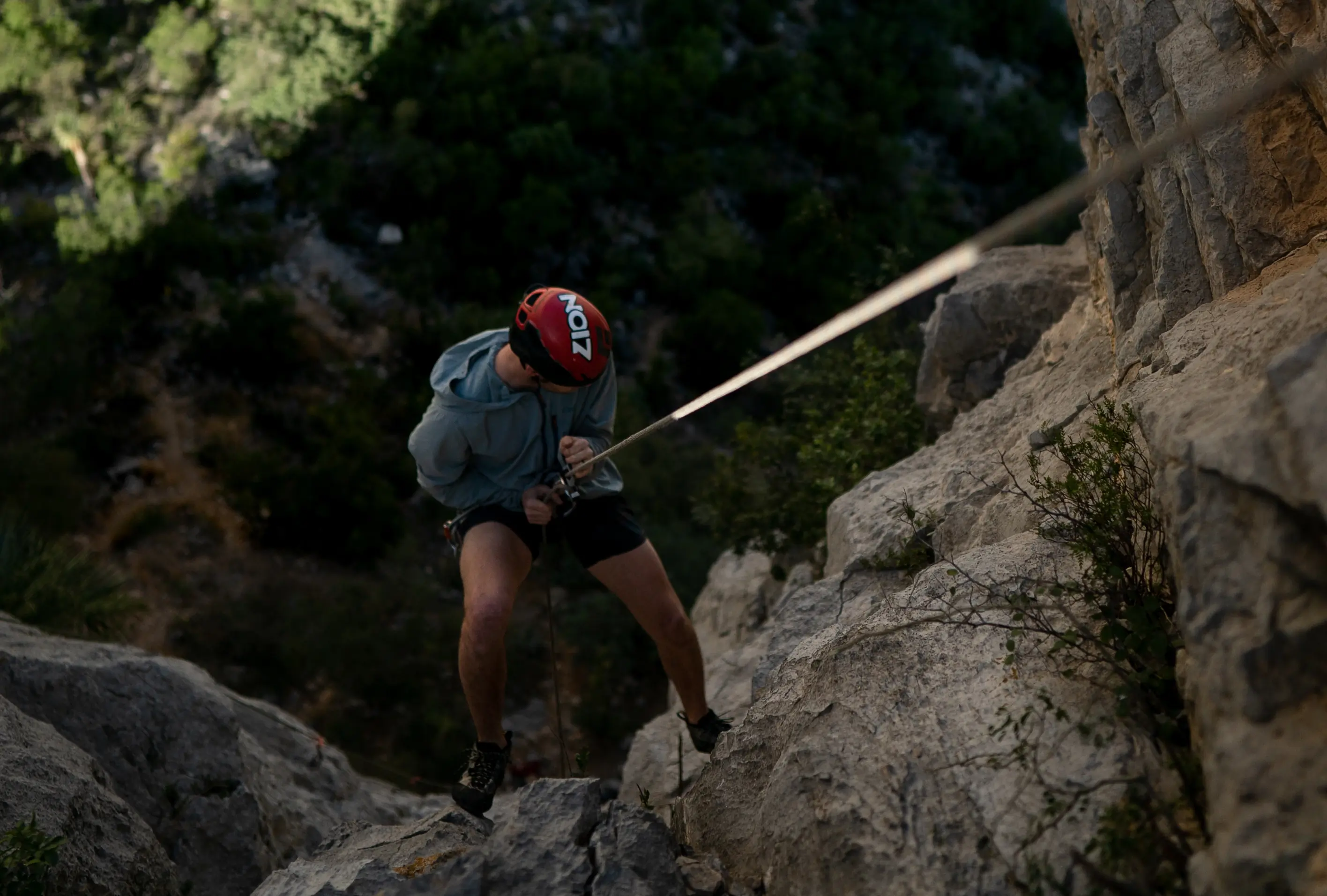



Belay devices range in price from around $15 to well over $100. Generally, active assisted-braking devices are the most expensive, and manual-style tube devices are the least expensive. The devices that we included on this list offer good value.
Manual tube-style belay devices may be the cheapest, but they are also not allowed in certain climbing gyms, which may lessen their value for some climbers. Versatile devices like the Edelrid Giga Jul are functional in many different situations, and versatility adds to a device’s overall value.
Durability
All of the devices on this list are well-designed and well-built. Even with regular use, a belay device should last for multiple years. The Edelrid Giga Jul has built-in steel inserts that resist abrasion from the rope and extend the life of the device.
All belay device owners should check regularly for signs of excessive wear. Retire and replace any devices with deep grooves or sharp edges.
Frequently Asked Questions
On our list, we recommend the Petzl GriGri as the best overall belay device. However, the best belay device is ultimately the one that meets your needs and budget. The Black Diamond ATC-XP is a solid budget option, and the Edelrid Giga Jul provides unmatched versatility.
We love the multipitch-specific innovation that went into the design of the DMM Pivot. This device allows you to lower your follower safely and easily.
However, the Pivot does not offer assisted braking when belaying the leader, which many climbers may consider to be a drawback.
All belay devices work by attaching the belayer to the rope. They use friction to keep the climber safe and catch them if they fall.
Different types of belay devices have unique characteristics, but every device requires the belayer to be attentive and maintain contact with the braking strand of the rope at all times.
A locking climbing carabiner connects a belay device to a belayer’s harness. Once the belay device is correctly fed with the rope and clipped to the harness, the belayer must secure and double-check the locking mechanism on the carabiner.
When used properly, the quality and safety of a belay device are more about the person belaying than the belay device. On this list, every belay device can help you have a safe climbing session, as long as the user maintains best practices.
Many climbers consider assisted-braking devices to be “safer” due to the automatic backup that comes with this style of device. However, every style of belay device must be used with constant care and vigilance — even those with assisted-braking features. Every new belayer should seek thorough instruction before actually belaying a climber.
Most belay devices can be used to rappel, but some models are more versatile than others. If you plan to use your belay device to rappel more than belay, be sure to purchase a device that is compatible with both double- and single-rope rappel, like the ATC-XP or the Edelrid Giga Jul.
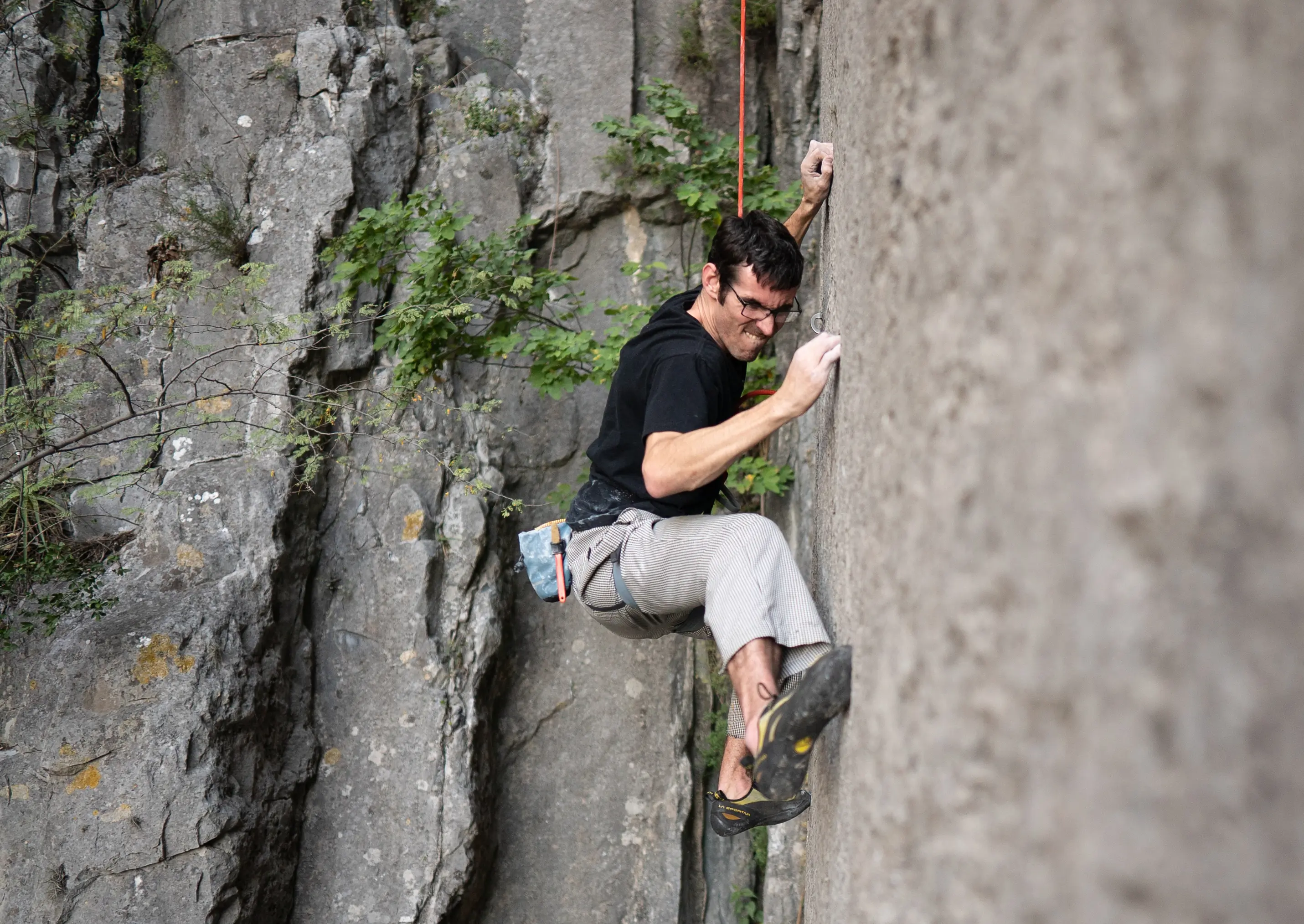

The Best Climbing Shoes of 2025
Aside from the ice climbers, mountaineers, and Charles Albert, every climber needs a pair of reliable climbing shoes.


The Best Climbing Harnesses of 2025
We found the best climbing harnesses of 2025. Whether you’re sport climbing or mountaineering, we have you covered.
